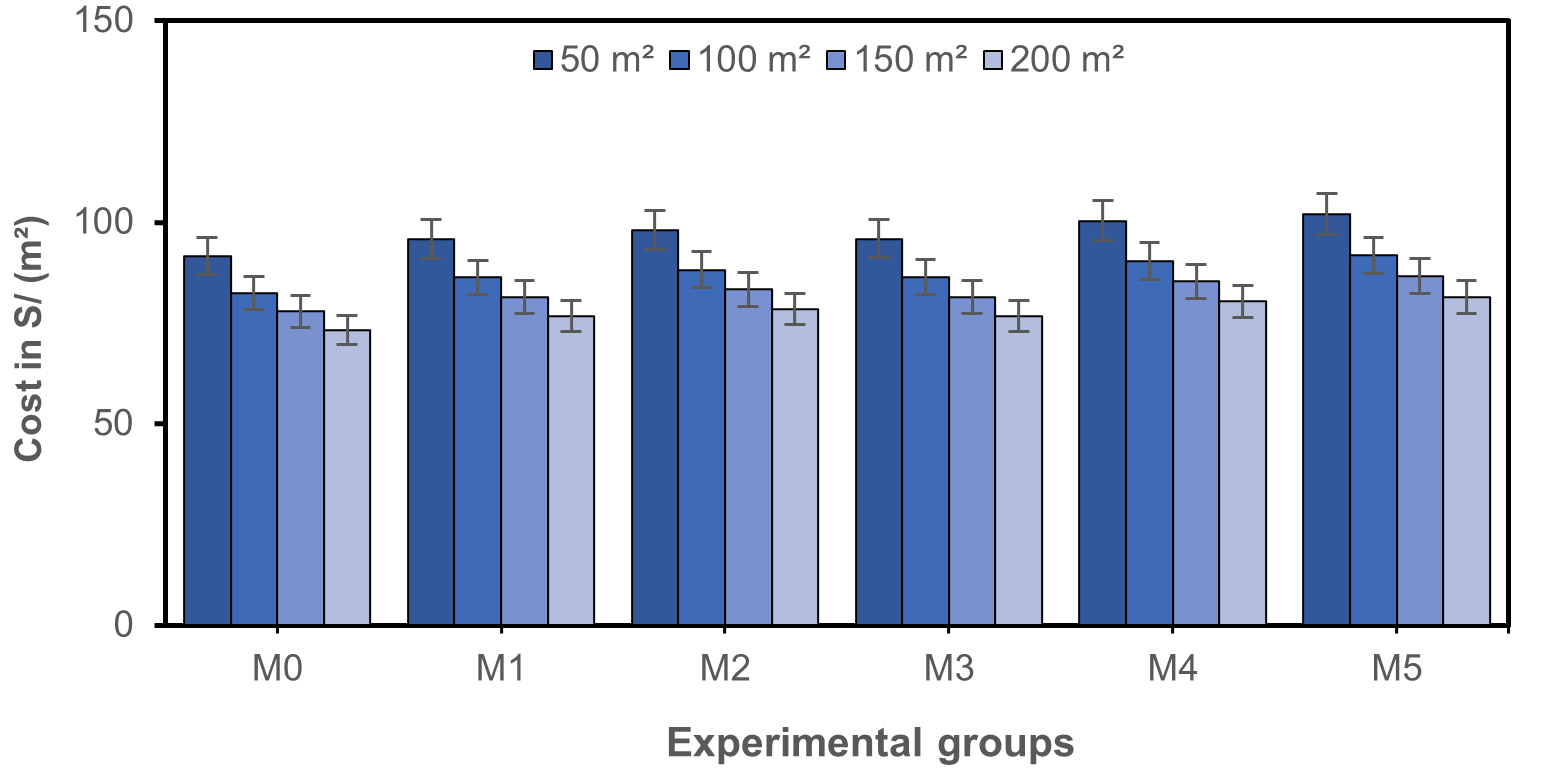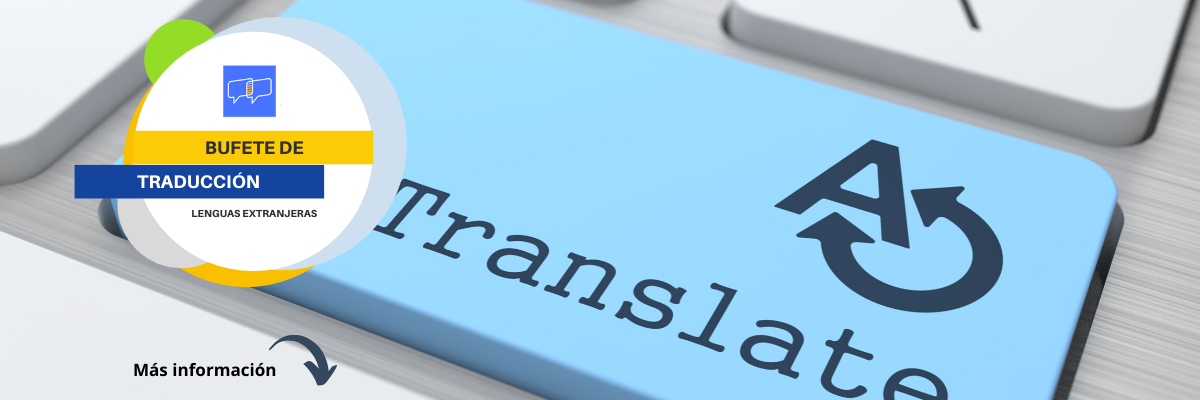Comparison of costs, mechanical strength, and quality between traditional and reinforced adobe
DOI:
https://doi.org/10.36790/epistemus.v19i38.397Keywords:
Traditional technology, Comparative analysis, earth blockAbstract
In Peru, traditional constructions with adobe blocks have shown structural vulnerabilities during seismic events. This study comparatively analyzed the costs, mechanical strength, and quality of traditional versus reinforced adobe using a quantitative approach and a non-experimental design. The results indicate that reinforced adobe increases costs by 4.7% to 11.3% compared to traditional adobe. Adobe with 200 g of quicklime achieved the highest mechanical strength: 20.44 kg/cm² in compression, 2.56 kg/cm² in flexion, and 0.32 kg/cm² in mortar tensile strength. Additionally, adobe with 10% by weight of eucalyptus bark fiber obtained an excellent quality index (90%). It is concluded that, although traditional adobe is more economical, its low mechanical strength and insufficient quality index make it unsuitable for construction according to NTE.080. Therefore, reinforced adobe is positioned as a move viable alternative.
Downloads
References
J. C. Cárdenas-Gómez, M. Bosch Gonzales, and C. A. Damiani Lazo, “Evaluation of Reinforced Adobe Techniques for Sustainable Reconstruction in Andean Seismic Zones,” Sustainability, vol. 13, no. 9, p. 4955, Apr. 2021. DOI: https://doi.org/10.3390/su13094955 DOI: https://doi.org/10.3390/su13094955
L. F. Guerrero, “Potencial Ecológico de la Edificación con Adobe,” Editorial Restauro Compás y Canto, updated May. 2022. [Online]. Available: https://editorialrestauro.com.mx/potencial-ecologico-de-la-edificacion-con-adobe/
E. R. Sujatha and S. Selsia, “Reinforced soil blocks: Viable option for low cost building units,” Constr Build Mater, vol. 189, pp. 1124–1133, 2018. DOI: https://doi.org/10.1016/j.conbuildmat.2018.09.077 DOI: https://doi.org/10.1016/j.conbuildmat.2018.09.077
A. Omongin, V. Asiimwe, and R. Ekyalimpa, “Material Cost Comparison for Masonry and Framed Partition Walls for Buildings in Uganda,” Civil and Environmental Research, vol. 12, no. 5, pp. 54–69, 2020. DOI: https://doi.org/10.7176/CER/12-5-05 DOI: https://doi.org/10.7176/CER/12-5-05
R. Marçal, A. Torres, A. A. Ribeiro, and F. Carlos, “Energy costs comparison of masonry made from different materials,” Theoretocal and Applied Engineering, vol. 2, no. 1, pp. 1–8, 2018, [Online]. Available: https://www.taaeufla.eeng.ufla.br/index.php/TAAE/article/view/2
F. Abbassi, N. Naili, and L. Dehmani, “Optimum Trombe wall thickness in the Mediterranean Tunisian context: An energetic and economic study,” Energy Sci Eng, vol. 10, no. 8, pp. 2930–2939, 2022. DOI: https://doi.org/10.1002/ese3.1179 DOI: https://doi.org/10.1002/ese3.1179
M. G. Cuitiño-Rosales, R. Rotondaro, and A. Esteves, “Comparative analysis of thermal aspects and mechanical resistance of building materials and elements with earth,” Revista de Arquitectura (Bogotá), vol. 22, no. 1, pp. 138–151, 2020. DOI: https://doi.org/10.14718/RevArq.2020.2348 DOI: https://doi.org/10.14718/RevArq.2020.2348
C. M. Bedoya-Montoya, “Construcción de vivienda sostenible con bloques de suelo cemento: del residuo al material,” Revista de Arquitectura, vol. 20, no. 1, pp. 62–70, 2018. DOI: https://doi.org/10.14718/RevArq.2018.20.1.1193 DOI: https://doi.org/10.14718/RevArq.2018.20.1.1193
NTE.080, “Diseño y Construcción con Tierra Reforzada, Reglamento Nacional de Edificaciones,” Gobierno del Perú, Lima ‒ Perú, pp. 1–32, Apr. 03, 2017. Accessed: Dec. 18, 2024. [Online]. Available: https://bit.ly/4iMeY9y
S. Guzmán and M. Iñiguez, “Election methodology of chemical stabilizers for earth blocks,” Estoa, vol. 005, no. 009, pp. 151–159, Sep. 2016. DOI: https://doi.org/10.18537/est.v005.n009.12 DOI: https://doi.org/10.18537/est.v005.n009.12
NTP 251.010, “Madera: Métodos para determinar el contenido de humedad. 4a. Edición,” INACAL, vol. 4, pp. 1–20, Jul. 2020, Accessed: Dec. 18, 2024. [Online]. Available: https://bit.ly/493tghv
NTP 231.301, “Fibra de Alpaca Clasificada. Definiciones, clasificación por grupos de calidades, requisitos y rotulado. 3a. Edición,” INACAL, vol. 3, pp. 1–10, Jan. 2023, Accessed: Dec. 18, 2024. [Online]. Available: https://bit.ly/493tghv
NTP 334.125, “Cales. Cal viva y cal hidratada para estabilización de suelos. Especificaciones. 3ª. Edición,” INACAL, vol. 3, pp. 1–8, Nov. 2021, Accessed: Dec. 18, 2024. [Online]. Available: https://bit.ly/493tghv
NTP 334.009, “Cementos Portland. Requisitos. 9ª. Edición,” INACAL, vol. 9, pp. 1–24, Jan. 2024, Accessed: Dec. 18, 2024. [Online]. Available: https://bit.ly/493tghv
C. A. Rincón-Soto, X. Sánchez-Mayorga, and L. M. Cardona-Restrepo, “Clasificación teórica de los costos,” Revista Escuela de Administración de Negocios, no. 87, pp. 193–206, Dec. 2019. DOI: https://doi.org/10.21158/01208160.n87.2019.2448 DOI: https://doi.org/10.21158/01208160.n87.2019.2448
E. Atiki, B. Taallah, S. Feia, K. S. Almeasar, and A. Guettala, “Effects of Incorporating Date Palm Waste as a Thermal Insulating Material on the Physical Properties and Mechanical Behavior of Compressed Earth Block,” Journal of Natural Fibers, vol. 19, no. 14, pp. 8778–8795, 2022. DOI: https://doi.org/10.1080/15440478.2021.1967831 DOI: https://doi.org/10.1080/15440478.2021.1967831
J. A. Bogas, M. Silva, and M. Glória Gomes, “Unstabilized and stabilized compressed earth blocks with partial incorporation of recycled aggregates,” International Journal of Architectural Heritage, vol. 13, no. 4, pp. 569–584, May 2019. DOI: https://doi.org/10.1080/15583058.2018.1442891 DOI: https://doi.org/10.1080/15583058.2018.1442891
L. M. Escurra, “Cuantificación de la validez de contenido por criterio de jueces,” Revista de Psicología, vol. 6, no. 1–2, pp. 103–111, Dec. 1988, DOI: https://doi.org/10.18800/psico.198801-02.008 DOI: https://doi.org/10.18800/psico.198801-02.008

Downloads
Published
How to Cite
Issue
Section
License
Copyright (c) 2025 EPISTEMUS

This work is licensed under a Creative Commons Attribution-NonCommercial-ShareAlike 4.0 International License.
The magazine acquires the patrimonial rights of the articles only for diffusion without any purpose of profit, without diminishing the own rights of authorship.
The authors are the legitimate owners of the intellectual property rights of their respective articles, and in such quality, by sending their texts they express their desire to collaborate with the Epistemus Magazine, published biannually by the University of Sonora.
Therefore, freely, voluntarily and free of charge, once accepted the article for publication, they give their rights to the University of Sonora for the University of Sonora to edit, publish, distribute and make available through intranets, Internet or CD said work, without any limitation of form or time, as long as it is non-profit and with the express obligation to respect and mention the credit that corresponds to the authors in any use that is made of it.
It is understood that this authorization is not an assignment or transmission of any of your economic rights in favor of the said institution. The University of Sonora guarantees the right to reproduce the contribution by any means in which you are the author, subject to the credit being granted corresponding to the original publication of the contribution in Epistemus.
Unless otherwise indicated, all the contents of the electronic edition are distributed under a license for use and Creative Commons — Attribution-NonCommercial-ShareAlike 4.0 International — (CC BY-NC-SA 4.0) You can consult here the informative version and the legal text of the license. This circumstance must be expressly stated in this way when necessary.
The names and email addresses entered in this journal will be used exclusively for the purposes established in it and will not be provided to third parties or for their use for other purposes.














